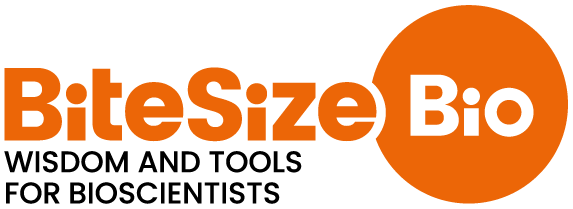Using CRISPR/Cas9 to detect DNA sequences with AFM
Join Dr. Jason Reed as he describes a novel method by which endonuclease-inhibited Cas9 can be employed as a programmable biomarker in high-speed atomic force microscopy (HS-AFM) imaging.
In this webinar, you will learn:
1. How CRISPR/Cas9 can be used to “flag” alterations and mutations in DNA, rather than cut it
2. How pairing atomic force microscopy (AFM) with optical equipment found in DVD players can be used to map DNA at a faster rate than traditional DNA sequencing
3. Applications of this technology, particularly in relation to discovering and diagnosing genetic diseases
2. How pairing atomic force microscopy (AFM) with optical equipment found in DVD players can be used to map DNA at a faster rate than traditional DNA sequencing
3. Applications of this technology, particularly in relation to discovering and diagnosing genetic diseases
Since the diameter of the Cas9 molecule is greater than that of DNA, they are easy to locate along the DNA strand. Taking advantage of this, Jason’s lab reported approximately 90% Cas9 binding accuracy to DNA molecules under optimized conditions. The alignment of single-molecule maps with nanoscale resolution becomes far more computationally straightforward than if labels are localized with multi-kb ambiguity. This process yields reduced processing time and cost for assembling a consensus map. Given its single-molecule sensitivity, approximately 15 bp accuracy, and no amplification requirement, Dr. Reed’s novel method is amenable to small sample sizes. This proves to be an advantage in clinical situations where obtaining the almost 10 ?g of DNA required for single-molecule sequencing is extremely difficult—if not impossible!




